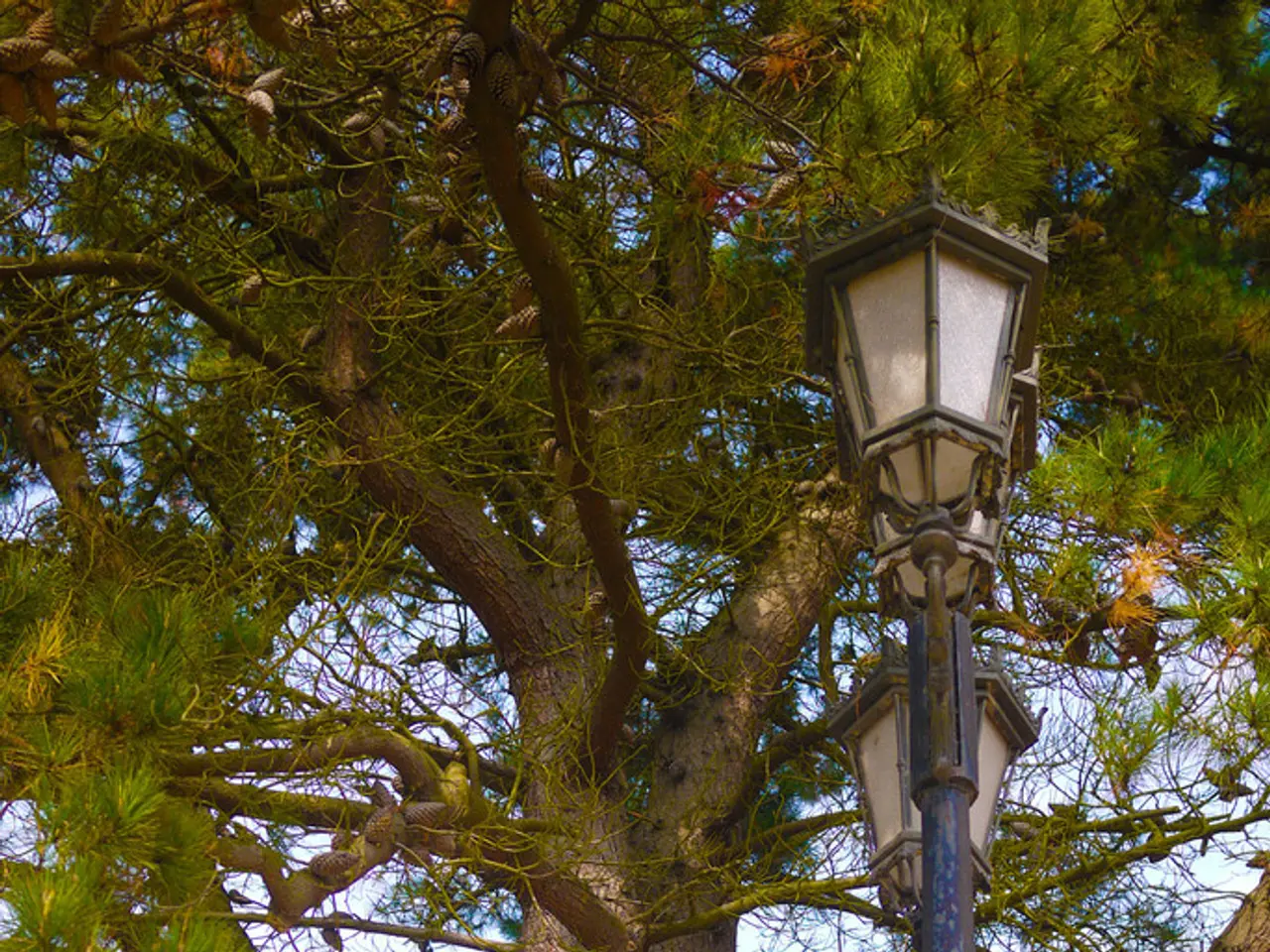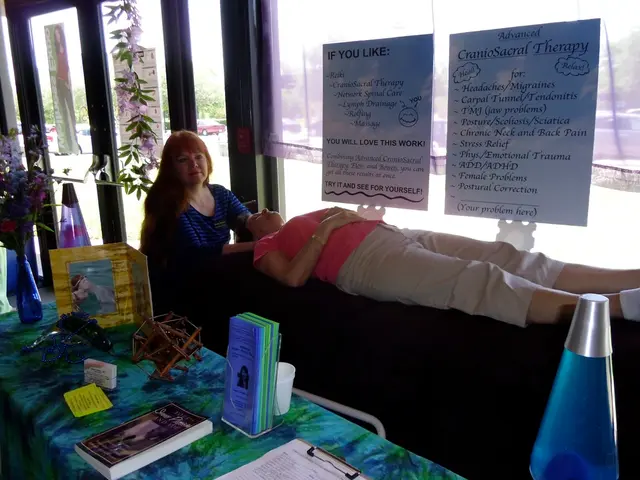Phenomenon of Dry Eyes Occurring Post Solar Eclipse
Looking at the sun directly during a solar eclipse without proper eye protection can cause serious and potentially permanent damage to eye health. The damage occurs because the sun’s intense visible and ultraviolet radiation can burn the retina, leading to a condition called solar retinopathy, which may result in lasting vision impairment or permanent blindness [2][3][4].
Key points about the long-term effects of looking at the sun during a solar eclipse:
- The eye damage from direct solar viewing can be irreversible. Even a brief glance (as short as one second) can cause permanent damage to the retinal cells responsible for vision [3].
- Symptoms may include blurred vision, central or paracentral blind spots, distorted vision, and color vision changes. These effects are related to photochemical injury to the retinal tissue [2].
- Unlike general looking at the sun outside of an eclipse, during an eclipse the eye’s natural aversion response (squinting, pupil constriction) may be diminished, increasing risk because the sun appears partially covered and less glaring [4].
- Proper eye protection such as certified solar eclipse glasses or solar filters for telescopes must be used when viewing a solar eclipse. Regular sunglasses do not provide adequate protection and can still cause permanent damage [4][5].
- If eyes are exposed to solar radiation during an eclipse, long-term follow-up by an eye specialist is advisable.
Solar keratitis, also known as UV keratitis, is damage to the cornea, the transparent outer layer of the eye. Exposure to direct, intense sunlight during a solar eclipse can lead to a condition called solar keratitis, causing burning pain or discomfort in the eyes. Damage to the outer layer of the eye can heal within 72 hours with proper treatment, which may include topical ointments, artificial tears, nonsteroidal anti-inflammatory drugs, pain medication, topical antibiotics, avoiding contact lenses, and using cool compresses [6].
Staring directly at a solar eclipse can also damage the retina, a structure of light-sensitive tissue at the back of the eye, causing a condition called solar retinopathy. Young people, those on certain medications like hydroxychloroquine (Plaquenil), tetracyclines, psoralens, and those with psychiatric conditions like schizophrenia may have a higher risk of solar retinopathy [7].
To avoid any potential harm, it is always best to avoid viewing a solar eclipse without proper eye protection, as this may cause issues such as "eclipse blindness" or even destroy cells in the back of the eye. Instead, consider using an indirect viewing method. If a person experiences dry eyes or eye discomfort after looking at an eclipse, it is best to contact an eye doctor [1].
When viewing a solar eclipse, it is essential to use only certified solar eclipse glasses that comply with the ISO 12312-2 standard. Do not look at the sun through a camera lens, and do not use solar viewing glasses that are torn, scratched, or damaged.
View the eclipse when the moon completely obscures the entirety of the sun. If you follow these precautions, you can safely enjoy the awe-inspiring experience of a solar eclipse while preserving your eye health.
References:
[1] National Eye Institute. (2021). Eye Safety During a Solar Eclipse. Retrieved from https://nei.nih.gov/health/solar-eclipse/safety
[2] American Academy of Ophthalmology. (2020). Solar Retinopathy. Retrieved from https://www.aao.org/eye-health/diseases/solar-retinopathy-fact-sheet
[3] National Institute of Occupational Safety and Health. (2020). Solar Radiation. Retrieved from https://www.cdc.gov/niosh/topics/solar/
[4] European Space Agency. (2020). Viewing the Sun Safely. Retrieved from https://www.esa.int/Science-Exploration/Space-Science/The-Sun/Viewing-the-Sun-safely
[5] American Optometric Association. (2020). Solar Eclipse Safety. Retrieved from https://www.aoa.org/patients-and-public/caring-for-your-vision/protecting-your-vision/solar-eclipse-safety
[6] Mayo Clinic. (2020). UV keratitis. Retrieved from https://www.mayoclinic.org/diseases-conditions/uv-keratitis/symptoms-causes/syc-20355780
[7] American Academy of Ophthalmology. (2020). Solar Retinopathy Risk Factors. Retrieved from https://www.aao.org/eye-health/diseases/solar-retinopathy-fact-sheet#risk
- Prolonged exposure to intense sunlight during a solar eclipse can lead to chronic conditions like solar keratitis, causing discomfort and potential long-term eye damage.
- Solar retinopathy, a condition caused by solar radiation, can permanently impair vision due to damage to the retina, and those on certain medications like hydroxychloroquine may be at a higher risk.
- To protect your eye health during a solar eclipse, it is crucial to use certified solar eclipse glasses that comply with the ISO 12312-2 standard, ensuring they offer adequate protection.
- In the long term, the irreversible eye damage from direct solar viewing, even for a brief moment, can cause symptoms such as blurred vision, blind spots, distorted vision, and color vision changes.
- Medical-condition patients, such as those on medications that increase sensitivity to light or those with psychiatric conditions, may have a higher risk of solar retinopathy, making appropriate eye protection necessary.
- Chronic diseases like diabetes, hepatitis, HIV, asthma, and other health-and-wellness aspects must consider the risk of solar radiation damage during eclipse viewing, necessitating proper eye protection to avoid permanent damage.




